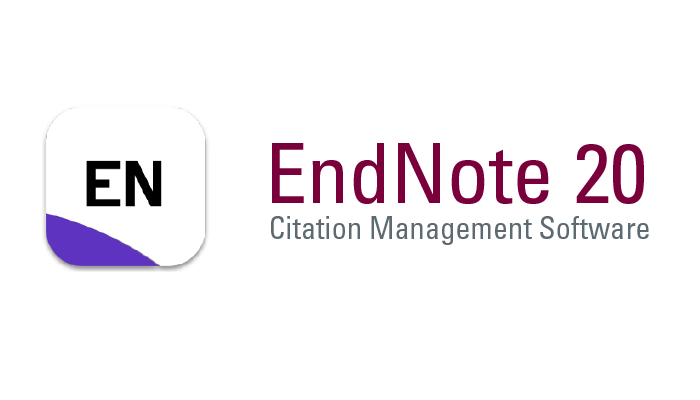EFEKTIVITAS DESAIN MODEL PEMBELAJARAN ARIAS
DOI:
https://doi.org/10.47887/amd.v4i2.143Keywords:
ARIAS learning model, creative thinking skills, learning outcomesAbstract
Students' lack of self-confidence in learning results in fear of generating an idea. So there is a need for learning models that can improve students' creative thinking abilities, one of which is the ARIAS learning model to awaken the abilities of active students. This research aims to determine the effectiveness of the ARIAS learning model on students' creative thinking abilities. This type of research is quantitative with an experimental approach. The population in this study was in class IV, totaling 40 people. Divided into 20 students in the experimental class and 20 students in the control class. Sampling in this research used random sampling. Data collection techniques used test techniques in this research in the form of pretest and posttest with analysis using SPSS 25. Hypothesis testing used Uji-t. Based on the research results obtained tcount = 2,882 > ttable = 1,686 at a significance level of 0.05, which means that Ho is rejected and Ha is accepted. It can be concluded that the ARIAS learning model is effective in strengthening students' creative thinking so as to produce improved learning outcomes than before.
References
Ali, M. (2018). Pengembangan Modul Fisika Berbasis Model Pembelajaran Assurance, Relevance, Interest, Assessment, And Satisfaction (ARIAS) Pada Materi Kalor dan Perpindahannya. Berkala Ilmiah Pendidikan Fisika, 6(2), 247. https://doi.org/10.20527/bipf.v6i2.4918
Ari Yanto, E. N. (2016). IMPLEMENTASI MODEL PEMBELAJARAN ARIAS UNTUK MENINGKATKAN MOTIVASI DAN PRESTASI BELAJAR IPS. Premiere Educandum, 6(2), 222–240.
Arianto, A., Lubis, L. S. P., & Anwar, W. (2021). Pengaruh Model Pembelajaran ARIAS Terhadap Kemampuan Menganalisis Struktur Teks Prosedur oleh Siswa Kelas XI SMA. Pedagogi: Jurnal Ilmiah Pendidikan, 7(2), 1–8. https://doi.org/10.47662/pedagogi.v7i2.80
Keller, J. M. dan T. W. K. (1987). An Application of The ARCS Model of Motivational Design, dalam Charles M. reigeluth (ed), Instructional Theories in Action. Lawrence Erlbaum.
La Moma. (2015). Pengambangan Instrumen Kemampuan Berpikir Kreatif Matematis Untuk Siswa SMP. 2017, 4(April), 27–41.
Maftukhah, N. A., Nurhalim, K., Isnarto, Dasar, P. P., & Semarang, U. N. (2017). Kemampuan Berpikir Kreatif dalam Pembelajaran Model Connecting Organizing Reflecting Extending Ditinjau dari Kecerdasan Emosional. Journal of Primary Education, 6(3), 267–276.
Nurjan, S. (2018). Pengembangan Berpikir Kreatif. AL-ASASIYYA: Journal Basic Of Education, 03(2), 105–116.
Rahman, M., & Sofan, A. (2014). Model Pembelajaran ARIAS Terintegratif. PT. Prestasi Pustakaraya.
Ratna, Dian Firdiani, & Irman Syarif. (2021). Penerapan Model Pembelajaran ARIAS . Jurnal Pendidikan Guru Sekolah Dasar Universitas Muhammadiyah Enrekang , 2(2), 109–117.
Rukminingsih, Adnan, G., & Latief, M. A. (2020). Metode Penelitian Pendidikan Penelitian Kuantitatif, Penelitian Kualitatif, Penelitian Tindakan Kelas. CV. Bumi Maheswari.
Santoso, F. G. I. (2011). Mengasah Kemampuan Berpikir Kreatif dan Rasa Ingin Tahu Melalui Pembelajaran Matematika dengan Berbasis Masalah (Suatu Kajian Teoritis). Prosiding Seminar Nasional Matematika Dan Pendidikan Matematika, 1995, 230–240.
Sugiyono. (2019). Metode Penelitian Kuantitatif, Kualitatif, dan R&D. Alfabeta.
Sulistyaningsih, M., & Mangelep, N. O. (2020). Pembelajaran Arias Dengan Setting Kooperatif Dalam Pembelajaran Geometri Analitik Bidang. JUPITEK: Jurnal Pendidikan Matematika, 2(2), 51–54. https://doi.org/10.30598/jupitekvol2iss2pp51-54
Wuryanto, H., & Abduh, M. (2022). Mengkaji Kembali Hasil PISA sebagai Pendekatan Inovasi Pembelajaran untuk Peningkatan Kompetensi Literasi dan Numerasi - Direktorat Guru Pendidikan Dasar. Direktorat Guru Pendidikan Dasar. https://gurudikdas.kemdikbud.go.id/news/mengkaji-kembali-hasil-pisa-sebagai-pendekatan-inovasi-pembelajaran--untuk-peningkatan-kompetensi-li
Downloads
Published
How to Cite
Issue
Section
License
Copyright (c) 2023 Julrissani Julrissani, Setiawan Setiawan

This work is licensed under a Creative Commons Attribution-ShareAlike 4.0 International License.
Authors retain copyright and grant the journal right of first publication and this work is licensed under a Creative Commons Attribution-ShareAlike 4.0 that allows others to share the work with an acknowledgement of the works authorship and initial publication in this journal.
All articles in this journal may be disseminated by listing valid sources and the title of the article should not be omitted. The content of the article is liable to the author.
Authors are able to enter into separate, additional contractual arrangements for the non-exclusive distribution of the journal's published version of the work (e.g., post it to an institutional repository or publish it in a book), with an acknowledgment of its initial publication in this journal.
Authors are permitted and encouraged to post their work online (e.g., in institutional repositories or on their website) prior to and during the submission process, as it can lead to productive exchanges, as well as earlier and greater citation of published work.
In the dissemination of articles by the author must declare the Al-Madaris Jurnal Pendidikan dan Studi Keislaman as the first party to publish the article.














